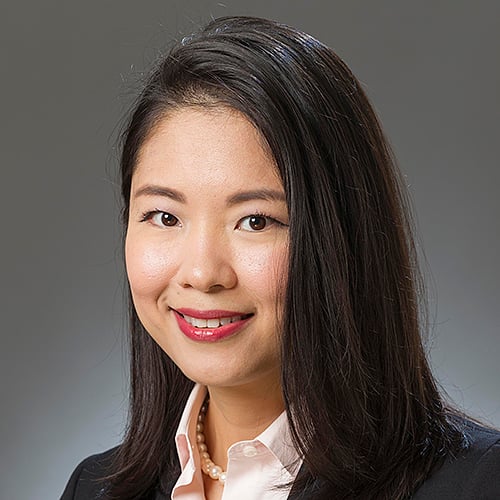Regarded as a major cause of the 2008 financial crisis, counterparty risk has underscored regulators' growing concern over securities settlement. As technology seeps into the financial industry, central settlement institutions are playing a larger role in the FX markets amid market volatility and technology enhancement.
"Since the crisis, everyone is focusing on risk management," says Angus Scott, head of product at Continuous Linked Settlement (CLS) in an interview with The Asset. "It (the central settlement model) does not disintermediate the role of central settlement institutions, but we do need to use technology to achieve efficiency."
In particular, improving technology allows the spot market participants including banks to achieve a higher efficiency when seeking treasury funding.
"We are seeing that the issues around clearing and compression of settlement cycle have moved to funding and liquidity issues," says Scott. "The spot FX market has a size of several hundred billion US dollars, and it is linked to the treasury funding market for banks and many of them will move to the spot market soon."
On top of the spot market, the deliverable FX derivatives market has also seen rapid development over the past few years. According to Scott, deliverable FX derivatives are settled in the underlying currencies rather than in the base currency. And FX exposure is normally hedged through hedging instruments.
"There is growth in deliverable FX where we expected to see payment in underlying currencies," says Scott. "Technology helps us increase efficiency and make services cheaper, and it enables us to offer new services. We are looking into whether we can offer services to banks if vendors want to deploy DLT solutions in any space within the banking industry."
Regulatory concerns regarding the potential for FX settlement risk to be a major source of systemic risk gave rise to the creation of central FX settlement houses such as CLS. Currently, CLS has 70 bank settlement members globally, with the Bank of China representing the only settlement member of CLS in China.
On January 23, 2017, China's NIFD (National Institution for Finance & Development) signed a memorandum of understanding (MOU) with CLS group to carry out cooperation on a series of important topics concerned with international financial matters, including FX market and RMB internationalization. Currently, the renminbi has not yet been added to the existing settlement currencies of CLS.









